Parents are usually asked, "What is the best age for newborn circumcision?"
What is the best age for newborn male circumcision?
Newburn male circumcision has been a topic of discussion for many years. The goal of modern medicine is to achieve the best possible balance between the benefits and risks of neonatal circumcision. Like many medical procedures, this practice carries certain risks or complications; however, the benefits often far outweigh these risks.
What about the newborn circumcision raiks?
First, it is essential to acknowledge that any medical procedure carries a degree of risk. This is a universal truth in medicine, where the most effective treatments often have potential complications. Nevertheless, the overwhelming consensus from various studies is that the risks associated with newborn male circumcision are minimal at modern CQC-registered clinics conducted by trained medical professionals.
One significant point that opponents of neonatal male circumcision (NMC) often raise is the risk of procedural complications. While it is true that minor complications like bleeding, infection, narrowing of the urethra, scarring, inadequate or too much skin removal, and buried penis may occur, serious complications are extremely rare. For instance, serious penile injuries and threats to life are exceptionally uncommon in NMC. According to research by the USA Centres for Disease Control and Prevention (CDC), the rate of penile amputation among uncircumcised newborns was 4 per million, whereas it was zero among circumcised newborns. Medical research demonstrates that the risk of severe complications is exceedingly low for those undergoing NMC.
Moreover, the American Academy of Paediatrics (AAP) has noted that the frequency of minor adverse events associated with NMC is only 1 in 200 (0.5%), with most of these complications being easily treatable and fully resolvable. Serious complications requiring hospital admission affect just 2 in 10000 (0.02%) of cases. These statistics highlight the rarity of severe complications in NMC procedures.
A 2014 study by the CDC further supports the notion that NMC has a low incidence of adverse events. The study examined 41 possible adverse events in a large administrative claims dataset for 1.4 million NMC procedures performed in the United States. The frequency of adverse events was 4 in 1000 cases (0.4%), consistent with earlier studies from 1989. The research reinforces the idea that NMC is a low-risk procedure.
Why timing is important for neonatal male circumcision?
Additionally, the timing of the circumcision is crucial. The risk of serious complications is significantly higher when the procedure is performed on older children or adults. The frequency of complications is 20 times higher for children aged 1 to 10 and 10 times higher for patients over 10 years. This study underscores the importance of performing circumcision in the neonatal period when the risk of complications is lowest.
What are the benefits of newborn male circumcision?
Another compelling piece of evidence comes from a 2014 analysis in the Mayo Clinic Proceedings. The CDC cited this analysis, which concluded that the benefits of NMC far exceed the risks, with a benefit-to-risk ratio of 100:1. This means that for every potential risk, there are 100 benefits, highlighting the substantial advantage of undergoing NMC.
Helping parents to make the choice
In summary, while neonatal male circumcision does carry some risks, they are minimal and manageable compared to the potential benefits. The procedure has been shown to have a low incidence of severe complications, primarily when performed in the neonatal period in clinic settings and by trained medical professionals.
The overwhelming evidence supports that the benefits of newborn male circumcision far outweigh the risks, making it a recommended practice in modern medicine today. As with any medical procedure, parents need to consult with a specialist surgeon to make an informed decision that is best for their child’s health and well-being for medical, religious, or cultural reasons.
In conclusion, the optimal time for newborn circumcision is within 1 to 8 weeks of age. Please get in touch with us for further details.





